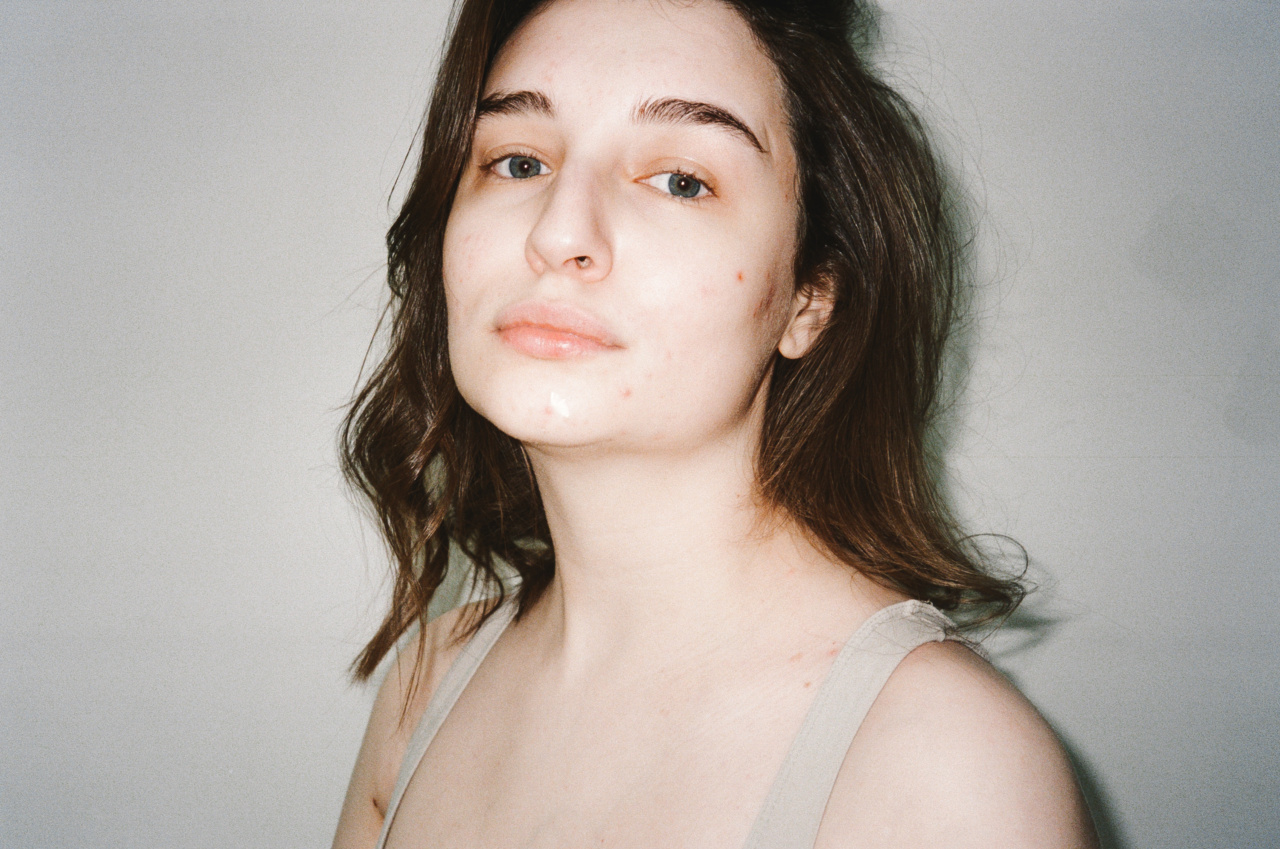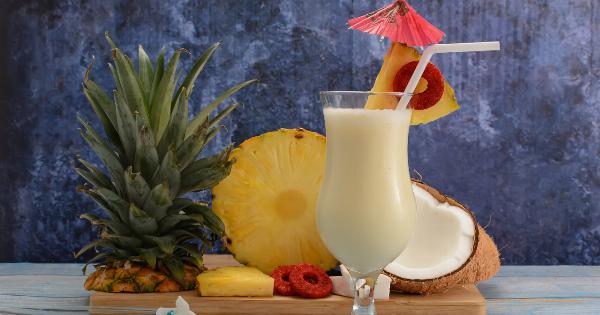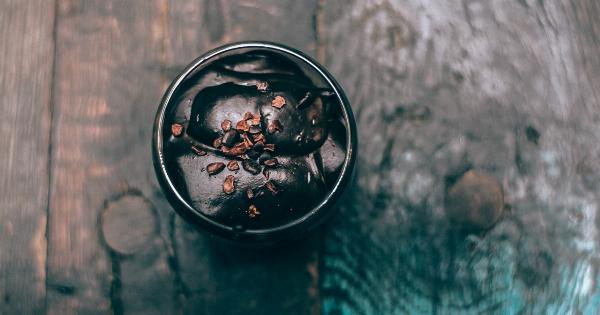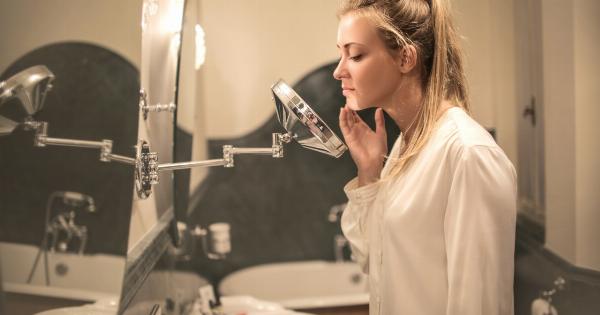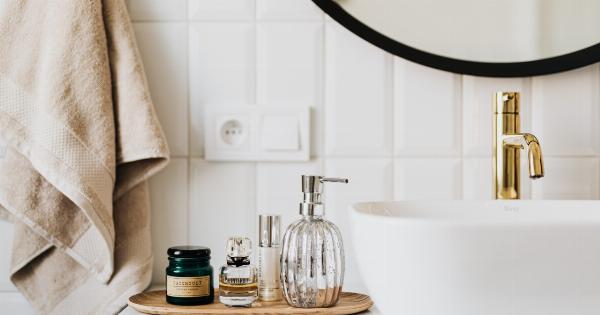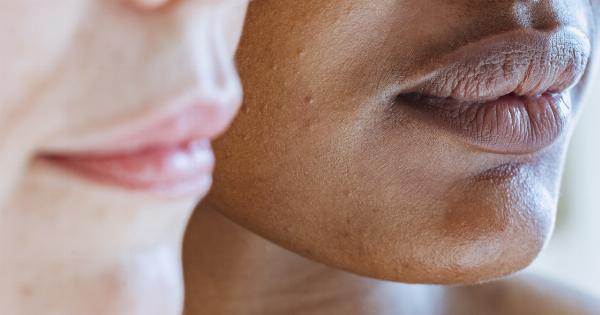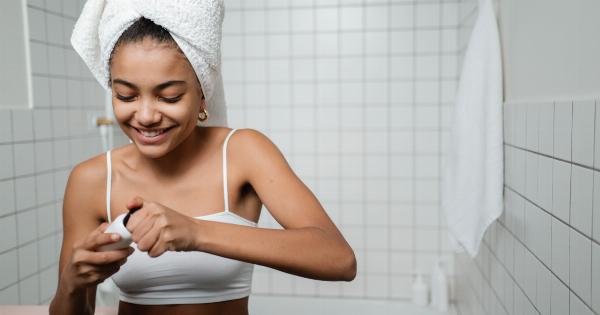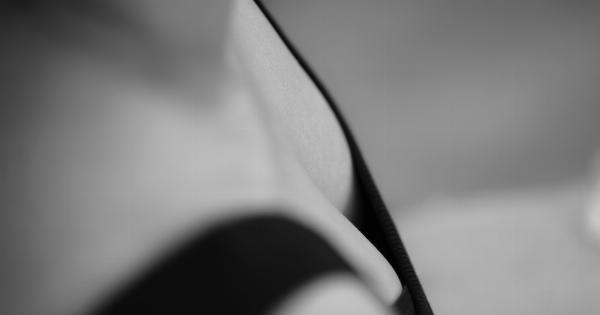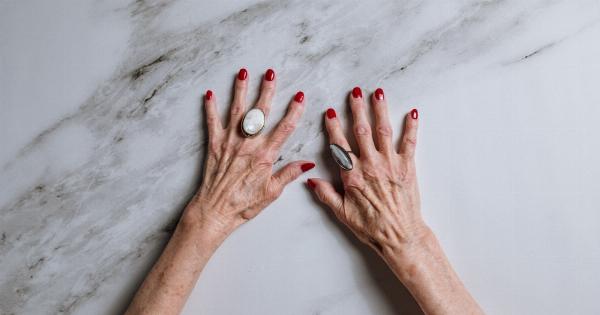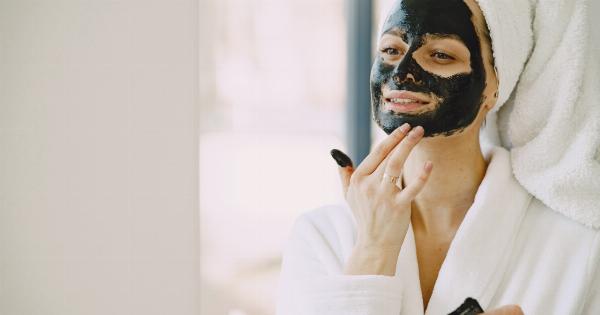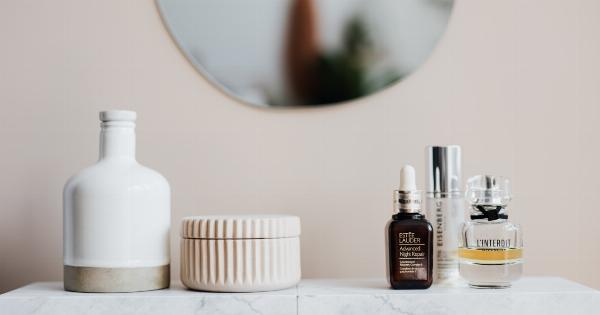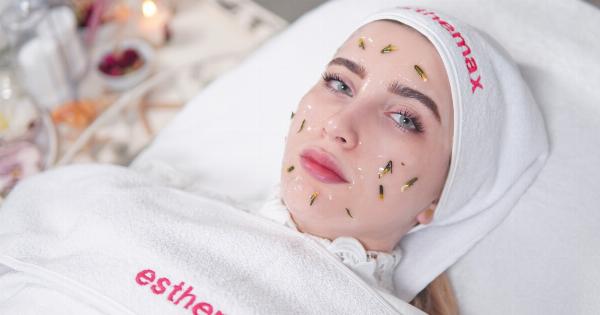Pimples are a common skin issue that can cause frustration and discomfort.
Whether you have been dealing with pesky pimples for a while or just want to be proactive about preventing them, it’s important to understand the science behind these blemishes. In this article, we will explore the Pi and Fi approach to combating pimples, providing you with effective strategies to get rid of them.
2. What Causes Pimples?
Pimples, also known as acne, occur when hair follicles become clogged with oil, dead skin cells, and bacteria. The exact cause of acne is still not fully understood, but several factors contribute to its development:.
– Excess sebum production: Sebum is an oily substance produced by the sebaceous glands, and excessive production can clog pores.
– Hormonal fluctuations: Hormonal changes during puberty, menstrual cycles, or pregnancy can trigger acne.
– Bacterial activity: The bacterium Propionibacterium acnes resides on the skin and can contribute to the formation of pimples.
– Inflammation: Inflammatory responses in the skin can worsen existing acne or lead to new breakouts.
3. Pi Fashion: Prevention and Treatment at the Root
Prevention is always better than cure when it comes to pimples. Here are some effective Pi (Prevention and Intervention) strategies to keep pesky pimples at bay:.
3.1 Cleanse Your Skin Regularly and Gently
Start by choosing a gentle cleanser suitable for your skin type. Avoid harsh soaps or scrubbing aggressively, as this can irritate the skin and trigger more oil production.
Cleanse your face twice daily, using lukewarm water and your fingertips to gently massage the cleanser onto your skin. Rinse thoroughly and pat dry with a clean towel.
3.2 Keep Your Hands Off Your Face
Our hands come into contact with various surfaces throughout the day, picking up dirt, bacteria, and oils. Touching your face with unclean hands can transfer these impurities, leading to clogged pores and breakouts.
Resist the temptation to touch your face, especially if you have an existing pimple, as this can make it worse or introduce new infections.
3.3 Use Non-Comedogenic Products
When selecting skincare and cosmetic products, opt for non-comedogenic options. These products are specially formulated not to block pores, reducing the risk of acne development.
Check product labels for the “non-comedogenic” or “oil-free” label to ensure you are using the right products for your skin.
3.4 Eat a Balanced Diet
The impact of diet on pimples is still a topic of ongoing research. However, there is evidence suggesting that certain foods may contribute to acne formation.
To promote clear skin, incorporate a balanced diet rich in fruits, vegetables, whole grains, lean proteins, and healthy fats. Limit or avoid sugary, greasy, and processed foods as they may exacerbate acne.
3.5 Manage Stress Levels
Stress triggers hormonal changes in the body, which can have an impact on the skin. High stress levels may worsen existing acne or lead to new breakouts.
Engage in stress-management techniques such as exercise, deep breathing exercises, meditation, or hobbies that help you relax.
4. Fi Fashion: Fast-Acting Solutions for Existing Pimples
If prevention fails, it’s time to embrace the Fi (Fast Intervention) approach to tackle pimples head-on. Here are some effective strategies to treat existing pimples:.
4.1 Spot Treatments with Benzoyl Peroxide or Salicylic Acid
Benzoyl peroxide and salicylic acid are popular over-the-counter ingredients for treating acne. Benzoyl peroxide helps kill bacteria, while salicylic acid exfoliates dead skin cells and unclogs pores.
Look for products with these ingredients and apply them only to the affected areas, following the product’s instructions for frequency of use.
4.2 Application of Topical Retinoids or Prescription Medications
If over-the-counter treatments don’t yield desired results, consult a dermatologist for stronger options. Topical retinoids such as tretinoin or adapalene can help unclog pores and promote skin cell turnover, preventing new breakouts.
In severe cases, your dermatologist may prescribe oral medications such as antibiotics, hormonal therapies, or isotretinoin.
4.3 Professional Extraction or Injection Treatments
In some cases, professional procedures may be required to treat stubborn pimples. Dermatologists can perform extractions to remove deep-seated pimples or administer steroid injections to reduce inflammation and promote healing.
4.4 Avoid Picking or Popping Pimples
While it may be tempting to squeeze or pop pimples, doing so can cause further inflammation, scarring, and even introduce new infections. Avoid picking or popping your pimples, and let them heal naturally or with appropriate treatment.
5. Maintaining Healthy Skin: Long-Term Strategies
Preventing future breakouts and maintaining healthy skin requires long-term commitment. Here are some essential tips:.
5.1 Stick to a Skincare Routine
Cleanse, tone, moisturize, and protect your skin daily. Establishing a consistent skincare routine tailored to your skin type and concerns can help keep your skin healthy and pimple-free.
5.2 Regularly Exfoliate
Exfoliation helps slough off dead skin cells, preventing them from clogging pores. However, be gentle and opt for chemical exfoliants or soft facial brushes to avoid irritating your skin.
5.3 Hydrate Your Skin
Proper hydration is crucial for maintaining healthy skin. Drink plenty of water throughout the day to keep your skin hydrated from within. Additionally, use a moisturizer suitable for your skin type to lock in moisture.
5.4 Protect Your Skin from the Sun
Excessive sun exposure can worsen acne and lead to post-inflammatory hyperpigmentation. Always wear a broad-spectrum sunscreen with a high SPF when spending time outdoors and limit direct sun exposure, especially during peak hours.
6. Conclusion
Conquering pimples involves a combination of Pi and Fi strategies. By implementing preventative measures and utilizing effective treatment options, you can achieve clear and healthy skin.
Remember to be patient, as results may vary, and consider seeking professional advice if your acne persists or worsens.
